I am having an interesting dilemma where I appear to have a memory leak (or growing data structure). I get the typical "raising linearly over time" graph when I analyse my memory usage. Trying to figure out what the cause of the problem is, I did a heap-dump. What I found was that over 50% of memory was being allocated for a ConcurrentLinkedQueue node. The top consumers of memory are, com.singularity.ee.agent.util.ch and java.util.concurrent.ConcurrentLinkedQueue$Node as seen in the picture below.

I dont know what a util.ch is but it appears to be tied to the Node, as each ch has an immediate reference to a node, so no worries focusing on that.
Now trying to find references to the closest GC for a $Node, I get the following:

Whats strange about this is that it does not have a ConcurrentLinkedQueue$Node, or even a ConcurrentLinkedQueue as a parent at all. All references are strange types that I do not understand, kh, uc, z, g, etc. Does anyone know what these types are?
I am trying to find out what exactly is causing the problem, but I cant seam to find how these nodes are even being created/saved.
Here is the kicker: I do not use the ConcurrentLinkedQueue anywhere in my code. I do use a ConcurrentHashMap, but there are not very many HashMap$Node's so that shouldnt be the issue.
Does anyone have any ideas as to how these nodes are being created or why I have so many instances of them?
To answer dependency questions: I am running tomcat 6, java 6, Java Spring.